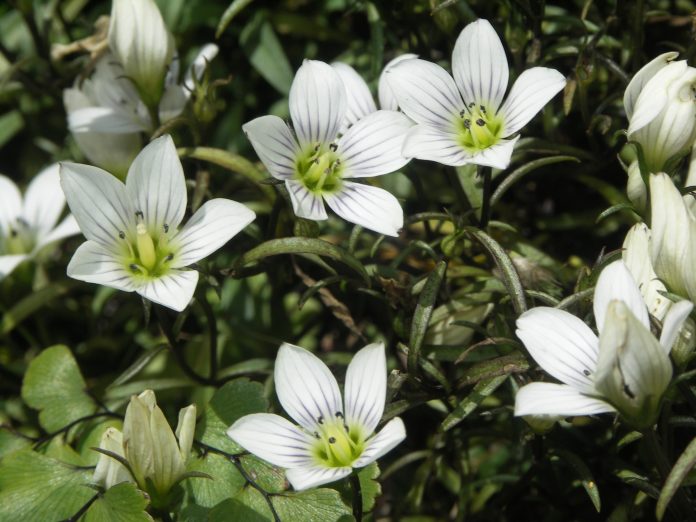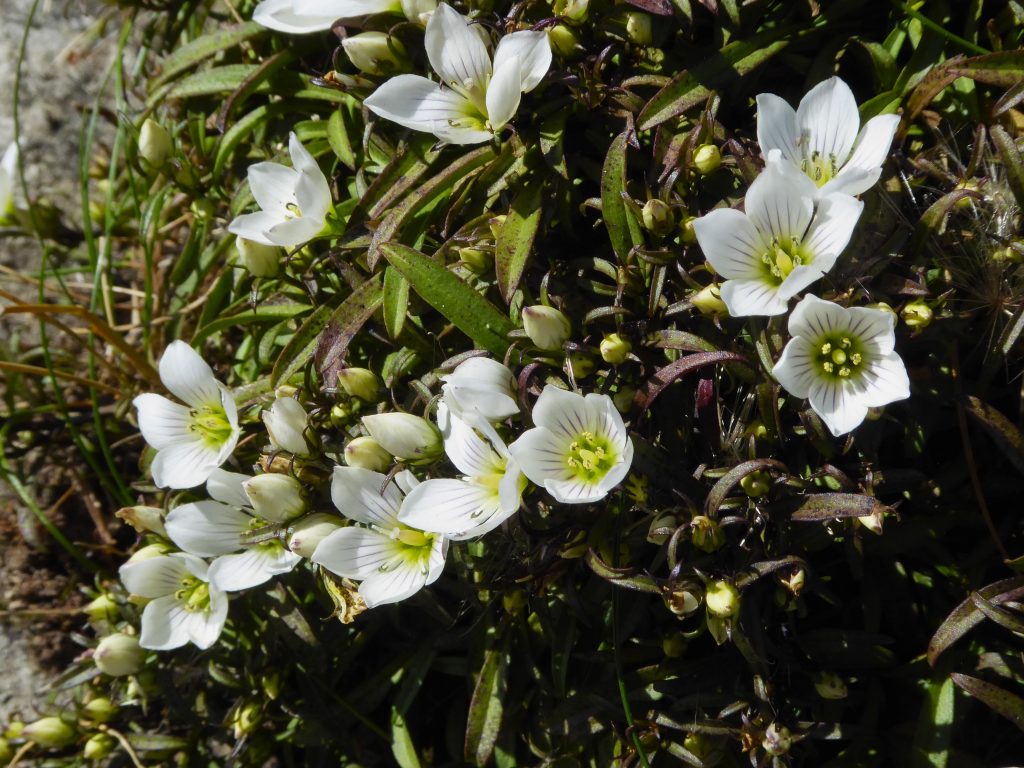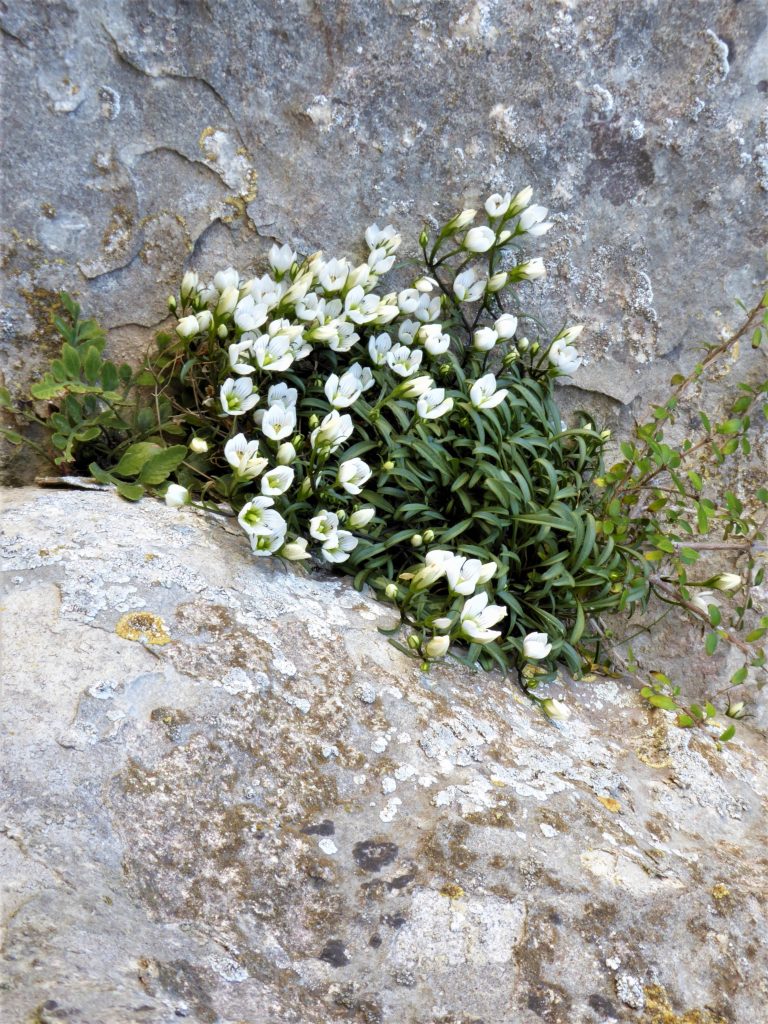
Another competition celebrating New Zealand wildlife is almost at an end, and a South Canterbury endemic is poised to fight for top spot.
Do not tell John Oliver, but the New Zealand favourite plant competition will wrap up voting at midnight tomorrow.
While maybe not as well known as Bird of the Year, the New Zealand Plant Conservation Network’s favourite plant competition has been running since 2002, and this year the critically threatened Manahune gentian is attempting to bring the title home to South Canterbury.
Occurring only on the Tengawai limestone scarp west of Albury, the small violet and white flower is fluctuating between third and fourth place in the competition.
South Canterbury naturalist and researcher Hermann Frank spent more than 100 hours surveying the Manahune gentian and was one of the first to take an interest in the rare flora.
He first photographed the plant in 2007, and in 2015 he started detailed surveys to find all the sites where the gentian still existed, as little was known about its distribution and numbers on the scarp.

In 2021, only 263 flowering plants were found — this was 102 less than what was found in 2019.
This classified the plant as nationally critical, the highest category before extinction.
Mr Frank said the plant had only been known about for the last 30 years.
‘‘In 1992, Brian Molloy found the plant and noted it was different from other gentians, as he had been visiting limestone areas in South Canterbury. It wasn’t, however, until 2004 that it was named by David Glenny.
‘‘Its closest relative is the Taiko gentian, which is only found in the limestone valley in Totara Valley.’’
Earlier this year, Mr Frank had his paper, ‘‘Distributions and statuses of three highly threatened calcicolous plants in limestone habitats of South Canterbury, New Zealand’’, published in a Department of Conservation (Doc) science series.
One of the reasons the number of plants was so low was that it was restricted to limestone, he said.
‘‘It doesn’t occur anywhere else, it’s restricted to those particular limestone cliffs in Tengawai.
‘‘Weed control is also another big factor in decline — the young plants can’t compete with the likes of hawkweed and stonecrop.’’
Due to the highly threatened nature of the plant, Doc is now involved in protecting it.
He had been aware of the competition before, but it shocked him to see how well the Manahune gentian was doing in it, Mr Frank said.
‘‘I got the latest newsletter from the New Zealand Plant Conservation Network, I was reading through it and got to the part about the competition and there it was, the Manahune gentian — I couldn’t believe my eyes.
‘‘So I started sending emails to friends who I knew would be interested, because I knew I needed to support it as I’ve been involved with it for so many years and spent a lot of time with it.’’

It would be great for the community to give the plant one last push in the competition before it closed, he said.
‘‘We have a plant here in a promising spot and maybe by giving it push we can bring more awareness to it, which is really important.
‘‘If organisations like Doc see people are interested and support the plant, it helps with their work as well.
‘‘The main thing is, it helps to show the landowners that they have something special there, something only found here in South Canterbury.’’
The leaderboard, as well as instructions on how to vote, can be found at http://www.nzpcn.org.nz
Voting closes at midnight tomorrow.




